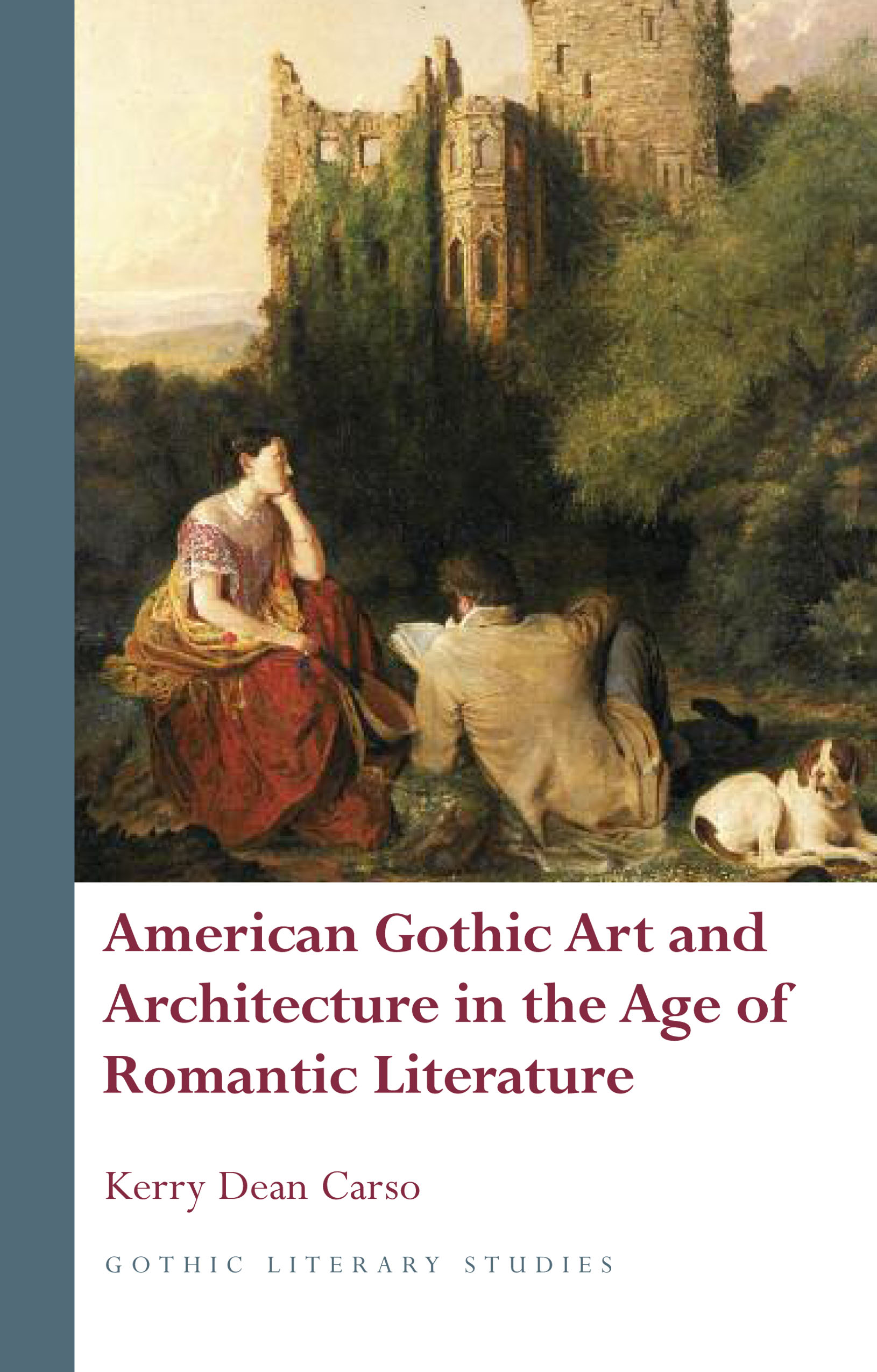Art history professor releases new book on Gothic art and Romantic literature
 Kerry Dean Carso, associate professor of art history, has written “American Gothic Art and Architecture in the Age of Romantic Literature,” published by the University of Wales Press. The book considers the impact British Gothic novels and historical romances had on American art and architecture in the late 18th and 19th centuries.
Kerry Dean Carso, associate professor of art history, has written “American Gothic Art and Architecture in the Age of Romantic Literature,” published by the University of Wales Press. The book considers the impact British Gothic novels and historical romances had on American art and architecture in the late 18th and 19th centuries.
Carso’s research investigates the close ties between literature and architecture during the Gothic Revival period, roughly extending from the middle 18th century through the 19th. Carso’s findings and analyses are supported by 16 color plates and an additional 25 black-and-white illustrations and images.
The subject matter has been an area of interest for Carso since her undergraduate years at Harvard University, when she first discovered the early Gothic novels of Horace Walpole and Ann Radcliffe. “I became fascinated with the architectural spaces in British Gothic novels, in which subterranean labyrinths, intricate castles, and darkened dungeons provide a sublime setting for supernatural events,” she said.
That fascination served as the basis of her graduate dissertation, and she soon discovered that her own interest in the British Gothic literature of the mid-to-late 18th century was shared by well-known American authors like Nathaniel Hawthorne and Washington Irving.
She noted that “many of the artists and architects I write about are New York and Hudson Valley figures,” including Irving, the architect Alexander Jackson Davis, and the landscape painter Thomas Cole.
Her interest in these artists is reflected in her work as an instructor at the SUNY New Paltz. Her courses address American art and architecture, and she periodically teaches a section on “Art of the Hudson Valley.”
Carso has published several articles on Gothic Revival architecture and Romantic painting in peer-reviewed journals including Mosaic, Winterthur Portfolio, Symbiosis, The Hudson River Valley Review and Gothic Studies.
For more information about the book visit the University of Wales Press website.

